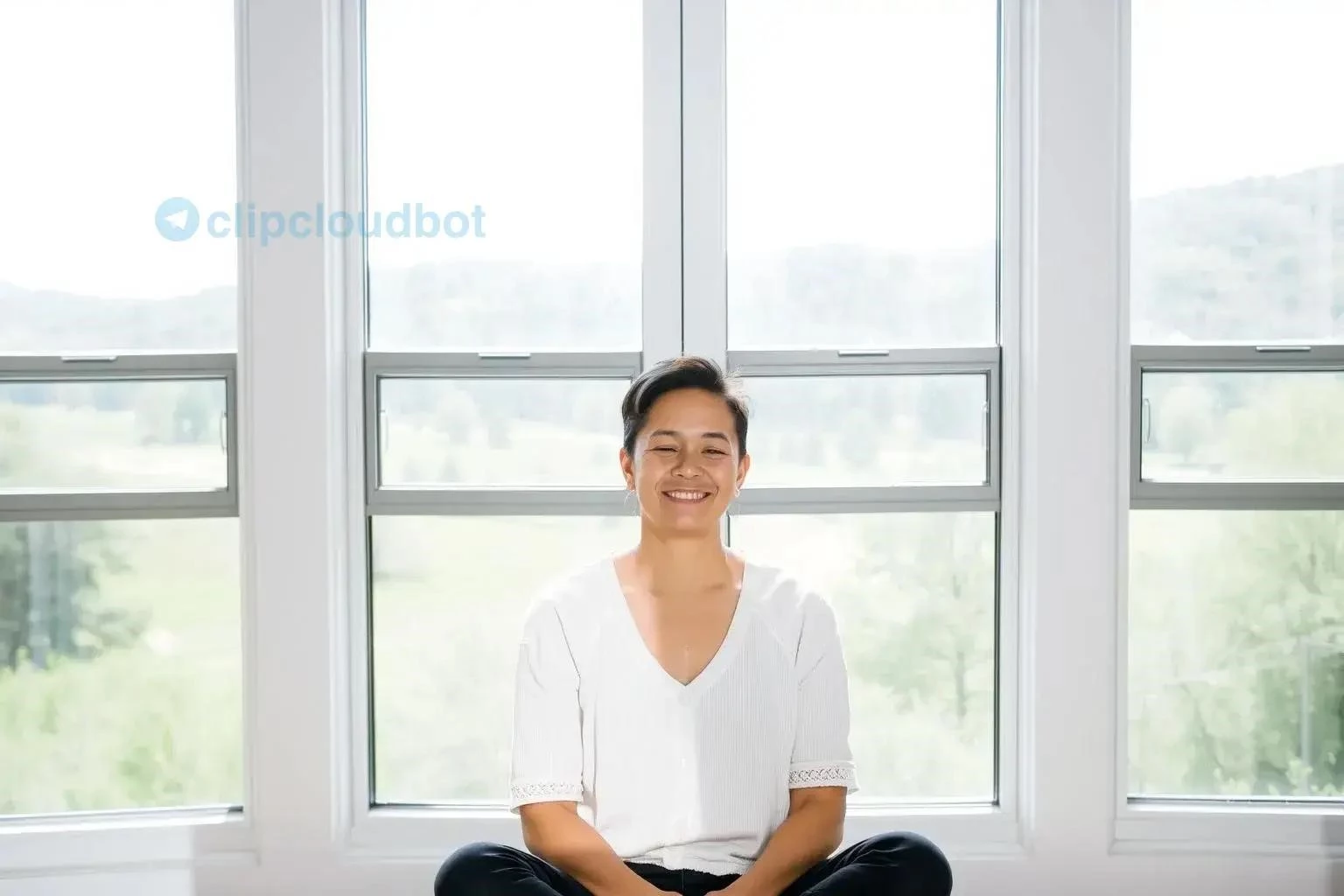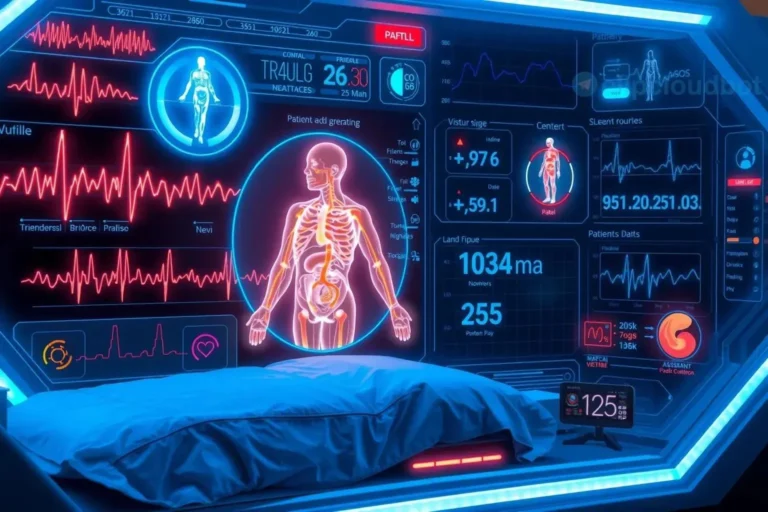Digital Detox: Reclaiming Your Focus in a Hyper-Connected World
In today’s hyper-connected world, our attention is constantly bombarded with notifications, updates, and endless streams of information. This constant digital stimulation can lead to feelings of overwhelm, stress, and a diminished capacity for focus. A digital detox offers a powerful solution, providing a much-needed respite from the digital deluge. By consciously disconnecting, we create space for mental clarity, improved focus, and a renewed sense of presence in our lives. Embracing periods of digital disconnection empowers us to reclaim our attention and cultivate a healthier relationship with technology.
Understanding Sensory Overload and its Impact
Our brains are constantly processing information from our environment, filtering out the irrelevant and focusing on what matters. In today’s digital age, however, the sheer volume of information we encounter—emails, notifications, social media updates, news feeds—has reached an unprecedented level. This relentless influx of stimuli can overwhelm our cognitive processing capacity, leading to a state known as sensory overload.
Sensory overload manifests in a variety of ways, both physically and mentally. Physically, you might experience headaches, muscle tension, fatigue, and difficulty sleeping. Mentally, the effects can include difficulty concentrating, increased irritability, anxiety, and a feeling of being constantly “wired.” This constant state of heightened alertness depletes our mental resources, making it harder to focus, make decisions, and engage in deep thinking.
The impact of chronic sensory overload extends beyond these immediate symptoms. Over time, it can contribute to more serious mental health issues like chronic stress, anxiety disorders, and even depression; It can also impair cognitive function, affecting memory, attention span, and overall cognitive performance. In a world that demands our constant attention, the inability to filter and prioritize information becomes a significant handicap.
Furthermore, the constant stimulation from digital devices can disrupt our natural sleep cycles. The blue light emitted from screens interferes with melatonin production, a hormone that regulates sleep. This can lead to insomnia and poor sleep quality, further exacerbating the effects of sensory overload. A lack of restorative sleep compounds the cognitive deficits, making it even harder to focus and function effectively during the day.
Understanding the mechanisms and impact of sensory overload is crucial for recognizing the need for a digital detox. By acknowledging the strain that constant digital engagement places on our brains and bodies, we can take proactive steps to mitigate its negative effects and reclaim our mental clarity and well-being. Recognizing the symptoms and understanding the long-term consequences empowers us to make conscious choices about our technology use and prioritize our mental health.
Practical Techniques for Digital Fasting
Embarking on a digital detox doesn’t require a complete and sudden severance from technology. It’s about creating a conscious and manageable approach to reducing your digital consumption. Start with small, achievable steps and gradually increase the duration and intensity of your detox as you become more comfortable.
Begin by identifying your biggest digital distractions. Are you constantly checking social media? Do you spend hours browsing online shops? Once you pinpoint your problem areas, you can implement targeted strategies. Consider scheduling specific times for checking emails and social media, limiting yourself to short bursts rather than continuous engagement. Disabling notifications is another powerful technique. The constant pings and buzzes of notifications disrupt our focus and train our brains to crave immediate gratification. Turning them off can significantly reduce the urge to constantly check our devices.
Creating tech-free zones in your home can also be beneficial. Designate your bedroom or dining area as a sanctuary from screens. This helps to establish boundaries and create spaces where you can truly relax and disconnect. Mealtimes, in particular, offer a valuable opportunity to connect with family and friends without the distraction of devices. Encourage conversation and mindful eating by leaving phones and tablets in another room.
Replacing screen time with alternative activities is crucial for a successful digital detox. Engage in hobbies that you enjoy, such as reading, painting, playing a musical instrument, or spending time in nature. Physical activity is also incredibly beneficial, as it helps to reduce stress, improve sleep, and boost cognitive function. Explore activities like yoga, hiking, or simply taking a walk in the park. These activities not only provide a break from screens but also contribute to overall well-being.
Finally, consider using apps designed to help manage screen time. These apps can track your usage, set limits for specific apps, and even block access during designated periods. They can be valuable tools for increasing awareness of your digital habits and maintaining discipline during your detox. By implementing these practical techniques, you can gradually reduce your reliance on technology and cultivate a healthier, more balanced relationship with the digital world.
Advanced Strategies for a Deeper Digital Detox
Once you’ve mastered the basics of digital fasting, you can explore more advanced strategies to deepen your detox and further enhance its benefits; These techniques involve a more intentional and structured approach to disconnecting from the digital world and reconnecting with yourself and your surroundings.
Consider incorporating mindfulness practices into your detox. Mindfulness involves paying attention to the present moment without judgment. This can be achieved through meditation, deep breathing exercises, or simply focusing on your senses. By cultivating mindfulness, you can train your brain to resist distractions and improve your ability to focus. This practice can be particularly helpful during periods of digital abstinence, as it helps to manage cravings and maintain a sense of calm.
Exploring nature offers a powerful antidote to the overstimulation of the digital world. Immerse yourself in natural surroundings, whether it’s a walk in the woods, a day at the beach, or simply spending time in your garden. Nature has a restorative effect on the mind and body, reducing stress, improving mood, and enhancing cognitive function. The sights, sounds, and smells of nature provide gentle stimulation that helps to soothe the nervous system and restore a sense of balance.
For a more intensive detox, consider a weekend retreat or a designated “digital sabbath.” This involves completely disconnecting from all digital devices for a specified period. This extended break allows your brain to truly rest and reset, fostering deeper levels of mental clarity and focus. Use this time to engage in activities that nourish your mind and body, such as reading, writing, spending time with loved ones, or pursuing creative endeavors.
Journaling can also be a valuable tool during a digital detox. Reflect on your experience, noting any changes in your mood, sleep patterns, or cognitive function. Journaling can provide insights into your relationship with technology and help you identify triggers for excessive digital consumption. This self-reflection can be instrumental in developing long-term strategies for maintaining a healthy balance with technology.
By incorporating these advanced strategies, you can move beyond simply reducing screen time and cultivate a deeper, more meaningful relationship with yourself and the world around you.
Cultivating Long-Term Habits for Mental Clarity and Attention Restoration
A digital detox isn’t a one-time fix; it’s about cultivating long-term habits that support mental clarity and attention restoration. Integrating mindful technology use into your daily routine is crucial for maintaining the benefits of a detox and preventing a relapse into old patterns of excessive digital consumption.
Start by establishing clear boundaries with technology. Set designated times for checking emails and social media, and stick to them. Avoid using devices in bed, as the blue light emitted from screens can interfere with sleep. Create tech-free zones in your home, such as your bedroom or dining area, to encourage relaxation and face-to-face interaction. These boundaries help to create a healthy separation between your digital life and your physical world.
Prioritize real-world connections. Make time for meaningful interactions with friends and family, engage in hobbies that you enjoy, and spend time in nature. These activities provide a much-needed counterbalance to the often isolating nature of digital interactions. Nurturing real-world relationships and pursuing activities that bring you joy can significantly enhance your overall well-being.
Practice mindful technology use. When you do engage with technology, do so intentionally. Avoid mindless scrolling and aimless browsing. Focus on the task at hand and minimize distractions. Be selective about the content you consume, choosing quality over quantity. By being more mindful of your digital interactions, you can reduce the likelihood of feeling overwhelmed or drained;
Regularly evaluate your relationship with technology. Periodically assess your digital habits and identify any areas where you might be overusing devices. Reflect on how your technology use is impacting your mental and emotional well-being. Adjust your habits as needed to maintain a healthy balance. This ongoing self-reflection is essential for ensuring that technology serves you, rather than the other way around. By incorporating these practices into your daily life, you can cultivate a sustainable and healthy relationship with technology, fostering long-term mental clarity and attention restoration.






